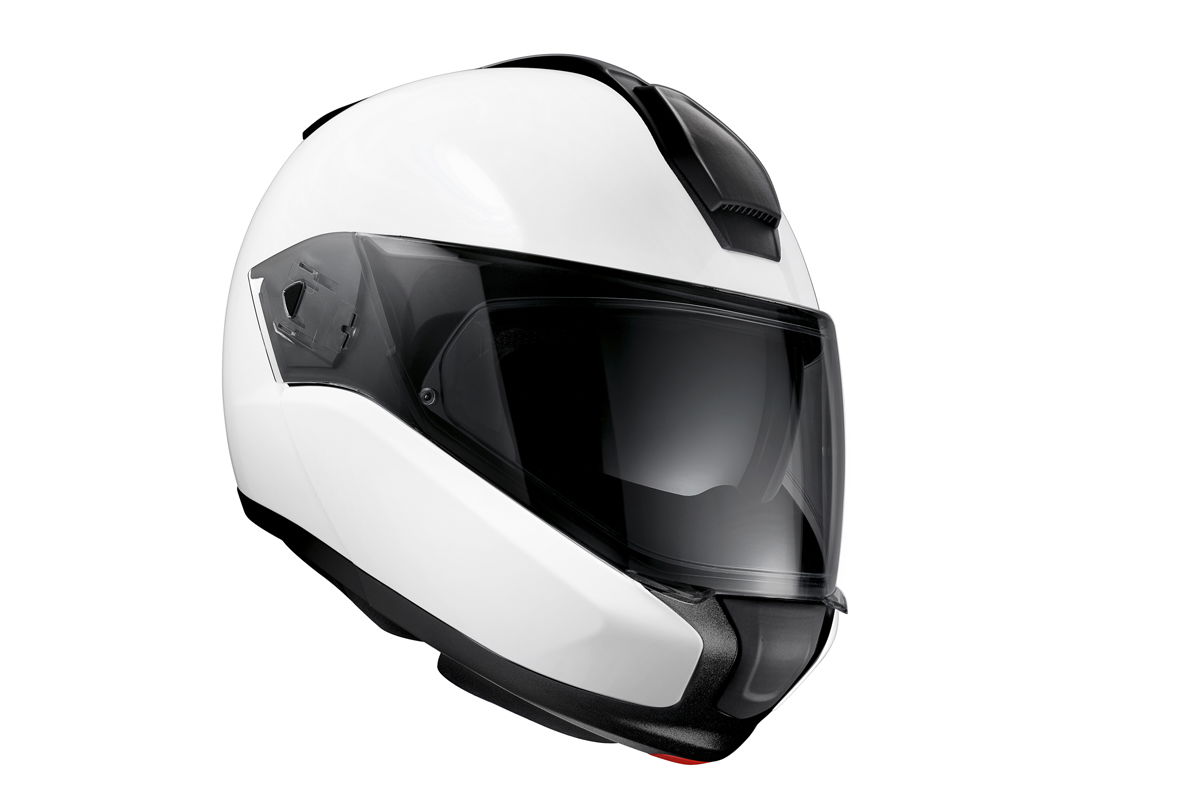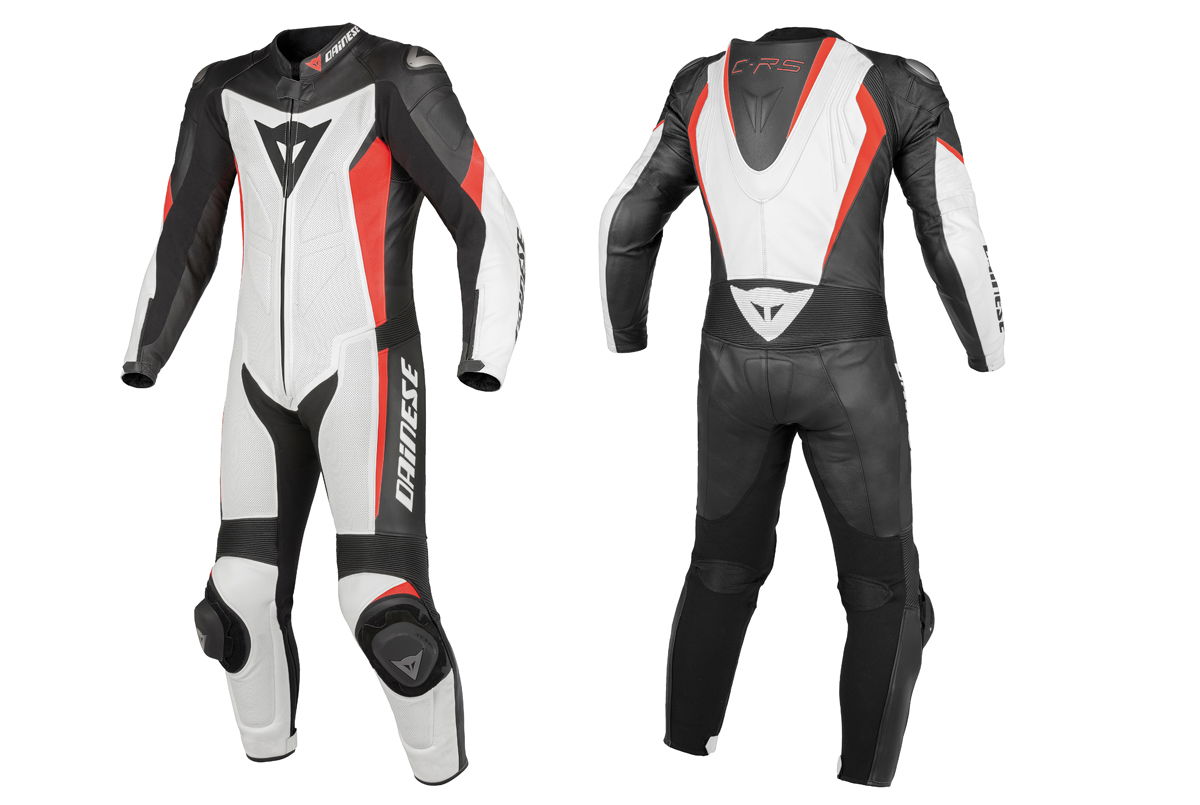Pirelli Angel GT tyre review
We test Pirelli's new touring tyre on the flight deck of an aircraft carrier and at the Nardo test track. Can a pure touring tyre really deal with an R1 on track?

THAT'S me on the flight deck of Italian aircraft carrier, Cavour 550, on a Kawasaki Z1000SX on Pirelli Angel GT tyres.
This was the start of a very unusual launch for what I thought would be a fairly normal tyre.
Pirelli's latest tyre, the Angel GT is, afterall, just a touring tyre. It is, according to Pirelli: 'the evolution of the Angel ST, stretching the concept of Sport Touring into Gran Turismo'.
��
THAT'S me on the flight deck of Italian aircraft carrier, Cavour 550, on a Kawasaki Z1000SX on Pirelli's new Angel GT tyres: the start of a very unusual launch for what I thought would be a fairly normal tyre.
The Angel GT is, afterall, just a touring tyre. It is, according to Pirelli: 'the evolution of the Angel ST, stretching the concept of Sport Touring into Gran Turismo'.
The three words used to describe the Angel GT project brief are: safety, stability and mileage, nouns which are thrown around on every touring or sports-touring tyre launch, so not much that's new so far. Pirelli claim the Angel GT offers the best mileage in the segment (as tested by the independent Motorrad TestCenter, the place most tyre manufacturers go to).
As bikers, we're getting older and moving away from sportsbikes towards large nakeds, sports tourers and tourers. Pirelli and all the other tyre manufacturers for that matter, have taken note and that's why we have such a wide range of quality sports-touring tyres, from Bridgestone's BT-023 to Michelin's Pilot Road 3, Metzeler's Roadtec Z8 and more.
The Angel GT takes over from the Angel ST. I felt like this was a cushioner for a rock-solid tyre built for gargantuan touring motorcycles that boast engines bigger than those on most normal cars. The standard formula for a longer-lasting tyre is: use a compound that doesn't grip that well. It's that simple. Well, I think it used to be that simple.
Today, the focus has shifted from sticky rubber to sports touring, touring and 'real world' tyres. Long gone are the days when a tyre was either grippy but lasted a few miles or built for distance but horrendous in the wet. Back then, you could have one but not the other. Now it seems, you can have it all.
While the tread pattern looks similar to the Angel ST it has been designed to the channels flow from the centre to the outer edge of the tyre, designed to move water away faster. The profile has also been changed so it's now wider, with a 14% larger footprint when upright than on the Angel ST. Pirelli also claim the new profile allows the Angel GT to offer 5% more lean angle do to the profile of the tyre not dropping off a cliff on the edges.
The tyre's carcas is also stiffer which allows the rubber compounds on the edges to be softer. The front tyre is all one compound while the rear is two. The central compound is 70% silica; a harder rubber for higher mileage while the shoulders are 100% silica for better grip, especially in the wet.
Pirelli claim the Angel GT offers 30% more mileage than the Angel ST. Based on some sums on the back of a beermat and depending on your riding, you're looking at anything between 5,000 and 8,000 miles.
Essentially it's an Angel ST with better wear and wet weather characteristics.
So after all this talk of higher mileage and a stiffer carcas, the last place Pirelli would want to prove this tyre would be a track of some sort. You definitely wouldn't go to the handling circuit at the Nardo Test Center and you'd be mad to lay on a fleet of some of the least track-capable motorcycles on the market and let people like me out on them. Oh,that just happened.
With only a handful of tourers available, they were snapped up quickly, leaving me with a less out-and-out set of grand tourers but still bikes people go touring on. I chose the Street Triple, CB1000R, F800R and R1.
I was concious of not getting carried away in the first session, afterall this is a touring tyre on a track and... my reputation precedes me. I gradually built up speed on the Street Triple and while not intentionally pushing the tyre, the pegs went down a couple of times. Each time they touched down, I reacted in the same way you did when you first got your knee down: even though you knew it was on the cards, you still scared yourself when it happened.
In session two and three on the CB1000R and F800R, all thoughts of Gran Turismo faded into the back of my mind. The tyres aren't slow to turn in, the pegs go down without any fear of being on the edge of available grip and you can't get the tyres to give up when you're hard on the gas.
However, what I did think a few times during the first three sessions was: "This all feels a bit too good to be true and therefore I must be on the edge of falling off".
Hopping on the R1, it was time to see just how close to the edge I had been. The R1, with its bundles of torque, loves to torture a rear tyre.
Picking my way through tourers that were grinding out panniers on their way through a corner. Running rings around gutless flat-twins sparking their cylinder heads on the tarmac, the pace on the R1 felt like it had doubled compared to the F800R. While corner speed probably hadn't changed all that much, the drive out of corners had.
I was purposefully trying to get the R1 to break traction on the exit of corners but once the tyres were up to temperature - which only took a lap - they wouldn't budge.
They were really impressive on track: the grip and stability were perfectly predictable, they didn't take more than a lap to warm up and at the same time, they didn't cook themselves either.
That said, I wouldn't choose to do a trackday on Pirelli's new Angel GT because there are better track tyres out there but at the same time, I wouldn't be worried about them giving up halfway into - or out of - a corner. They dealt with everything I could throw at them.
For a 'normal' touring tyre, that's fairly special.
��

